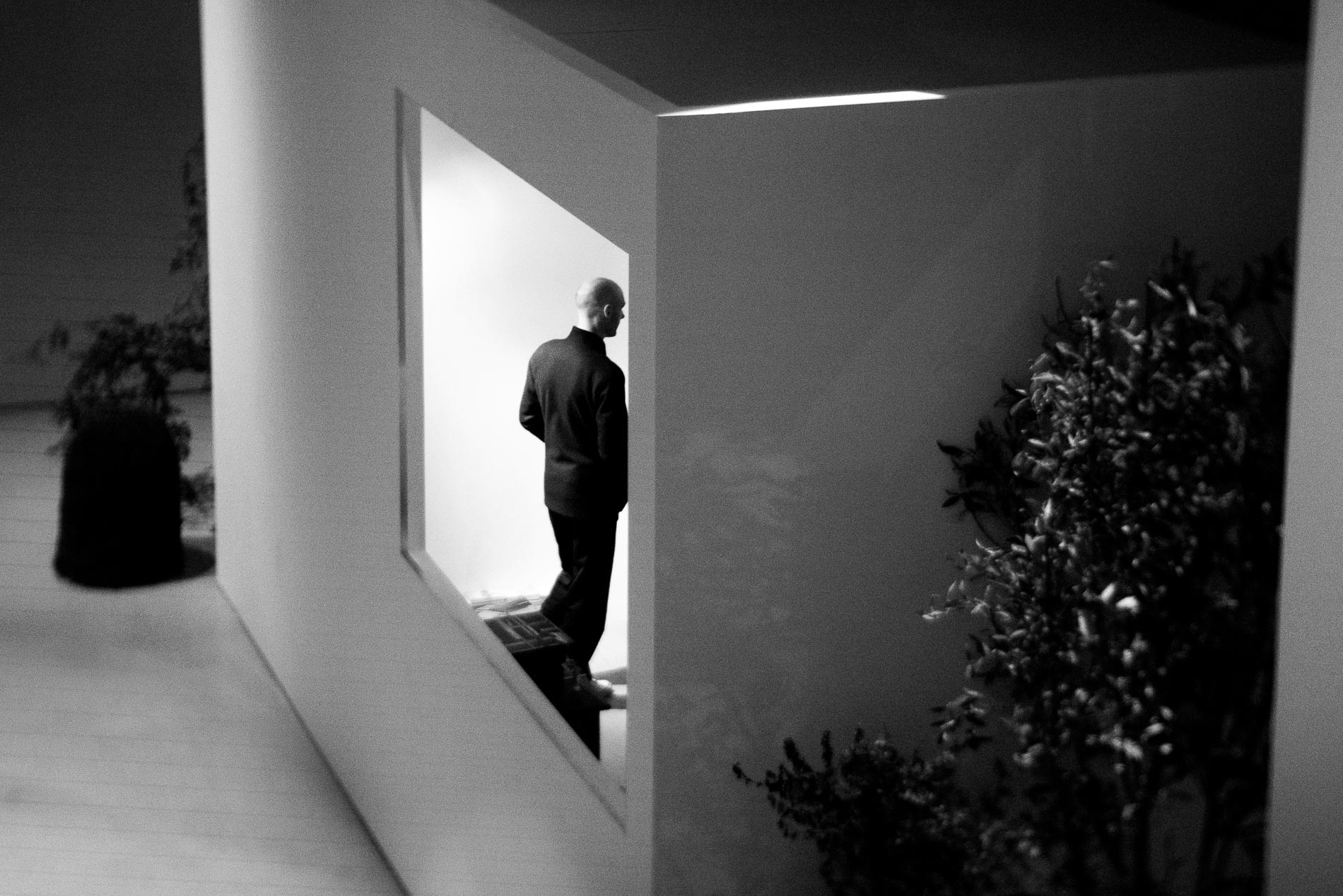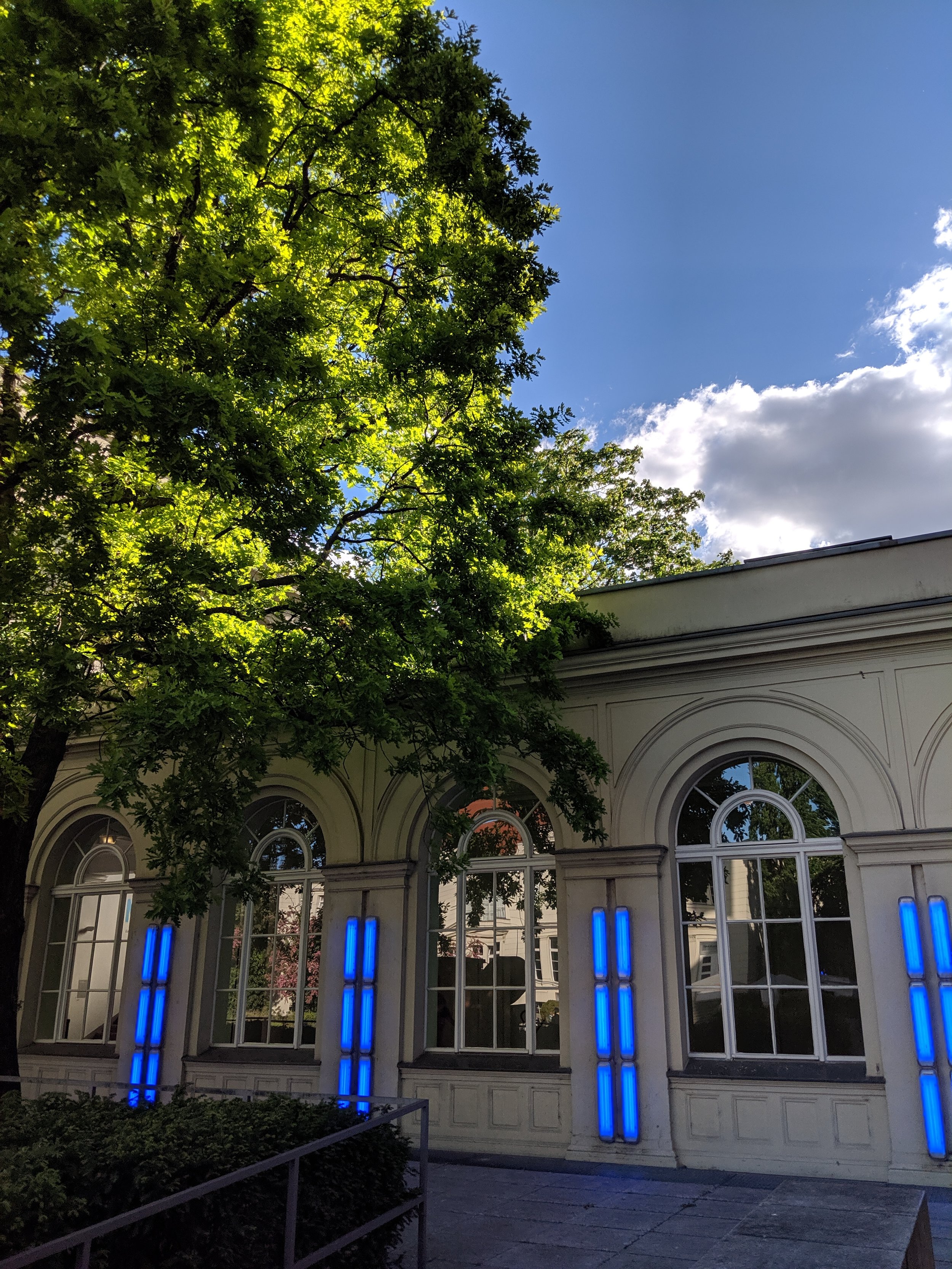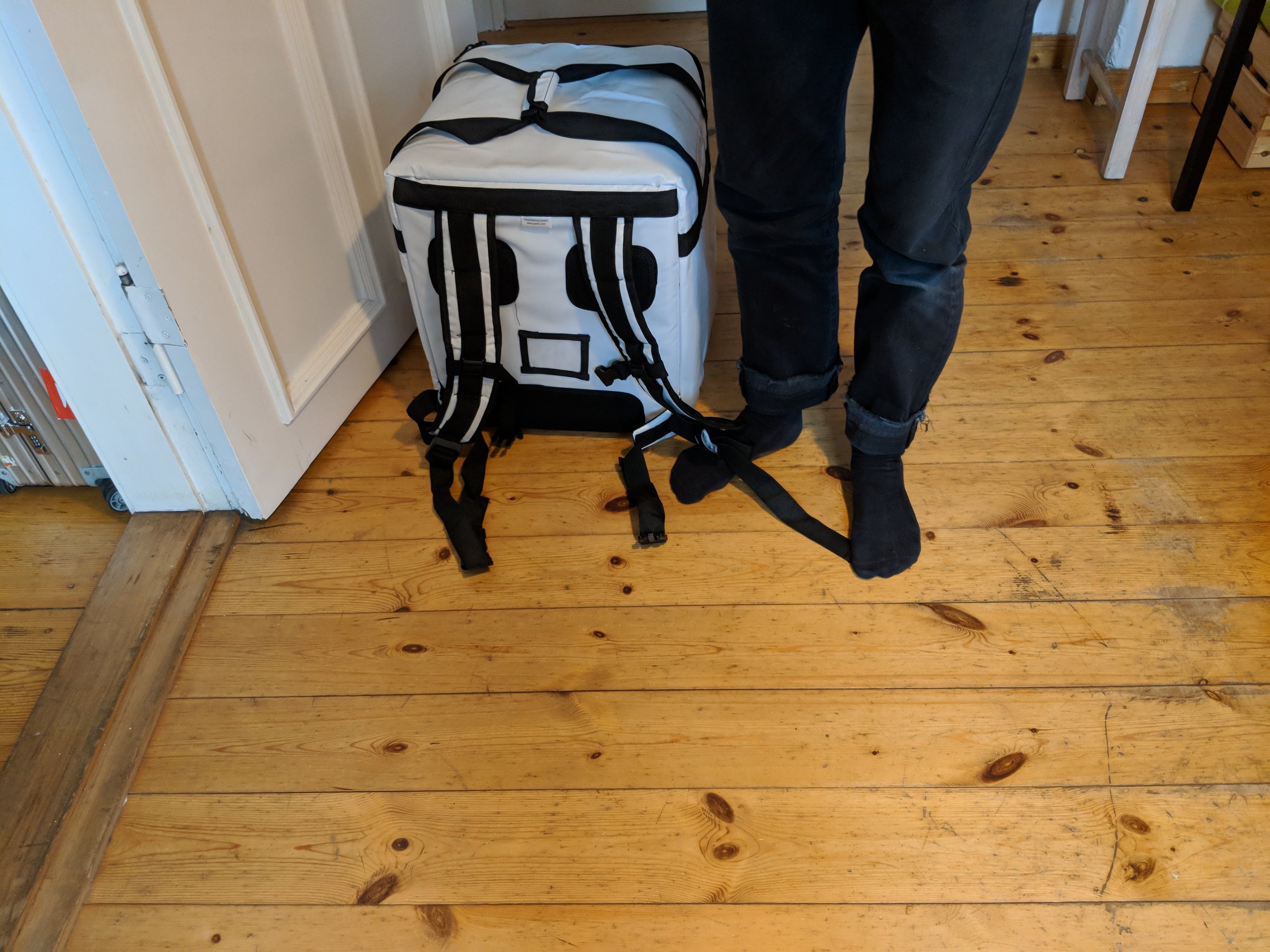Japanese House: Architecture and Life After 1945

This exhibition is everything and nothing you would never expect to see. It is an experience and an immaterial portrait of society. It is more of a performance than a simple architectural exhibit. The centre of this exhibition is the Moriyama House. A spacial portrait of a man who has never caught a plane, or left Tokyo - a city where he was born. The one-in-one recreation of the Moriyama House by an award winning Japanese architect, Ryue Nishizawa is a successful, personal and unique fruit of the relationship between the architect and his client, and a story of how this fruit can grow into something much greater than just a building. The Moriyama House is as much a feeling as it is a house.
Most of the progressive reconstruction in Japan started precisely because of destruction of everything and the housing crisis that arose from their defeat in WWII. They had to think practically, but also wanted to integrate their tradition and national identity to the demoralised public, to raise their spirit. Here, architects were not only faced with a constructional issue but also a social one, and so, rapid Japanese architectural growth began. The exhibition explores precisely this. How construction and character can intertwine. The curators of this exhibition achieve this by intelligently guiding the viewers, though time and space. Both, the metaphorical and physical centre of the exhibit is the Moriyama house, however, the viewers are directed to start the exhibition on the top level of the space. There, the visitors are introduced to the important role that architecture played in both social and economical development of Japan after the total destruction in suffered during the World War II. The most interesting being a movie reel exploring the idea of a home, as a structure, and how this home, as a structure can be a reflection of social values in regard to the family life in Japan. There is the first ever aired commercial of the so-called “capsule” apartment by Kisho Kurokawa, an architect who was also a part of the prominent “Metabolism” movement. The capsule acted as a symbol and a prediction to the future of the society in Japan, and the world, really. It was created on the presumption that the modern man will be solitary and focused on the importance of an individual rather than the relationship with others. Around the same time, an important American historian and moralist was coming to similar conclusions as Kurokawa, and he predicted that there will be a rise of Narcissism in the public(for further details look at The Culture of Narcissism by Christopher Lasch). What is interesting, is that the architects have managed to come to a similar conclusion as cultural theorists, and that this was not just a local issue in Japan, but to an extent, a global one. The Crazy Family by Soho Ishii, is a literal interpretation of the idea of destruction of family relations, as well as the need for a family home, where the family members, paranoid about the upcoming termite attack physically demolish their family home, yelling and screaming in agony as they do this.
A small village inside a forest
The Moriyama house itself is an archipelago of ten units. These can be used by the resident himself, or, rented out. Ryue Nishizawa focuses on creating the environment that fits within the exist- ing landscape. In the suburbs where Mr. Moriyama resides, everybody has known each other for dedicates, and the street is often used as a shared communal area. Nishizawa wanted to create an unrestricted part of this land- scape that is still unique. He does not use fences, and uses large transparent windows and even a glass corridor in one of the blocks, in order to not create isolation from the natural landscape, as well as the communal feeling of this Tokyo neighbourhood. He also high- lights the importance of soil in a concrete city like Tokyo. Having soil in his garden, allowed Moriyama to keep one of his mothers trees after her passing, and also use the trees for the utilities they provide, often using them for dry- ing his clothes.
We see the intimate, organic relationship between the house and it’s inhibitor unfold in a dainty, spontaneous film by the iconic duo Ila Bêka and Louise Lemonie, also known as “Bêka&Lemonie”. Bêka and Lemonie are considered to be the cult figures in contemporary architecture, and their focus is the cinematic exploration of con- temporary architecture. Through the film Moryama-San, we follow the touching story behind Ryue Nishizawa’s masterpiece.
The story went something like this: After his mother has died, our protagonist, Mr. Moriyama wanted to tear down their family house and build a new one, so he wrote a letter to the architect. “You don’t need a house, you need your own village”- said the architect.
Moriyama-san is a man of exquisite taste and character. Bêka stumbled into him spontaneously, and they started talking about music, which resulted in Mr. Moriyama inviting him to the basement of his house where he kept his extensive record collection (parts of which can be found scattered around the exhibition units) and they bonded over their liking of Otomo Yoshihide and Ryoji Ikeda. Yoshihide is one of the pioneers of “noise music” which Moriyama is very fond of.
There is a line in the film that explains that Moriyama likes music and film, but he loves reading. Much of the film is spontaneous, but it is an interesting, unique portrait of a man and his house, which seem to have become one. They cannot exist without each-other. The visitors feel the closeness and seem to be very touched by Moriyama’s character. It is interesting to be able to get to know a man’s character based on his home. The film features shots of small collectable sculptures, that are also displayed in the exhibition which only intensifies the feeling of familiarity.
This is why, it can be said that Moriyama House is not a building. It is an immaterial and material portrait of the man and his spirit coming together in perfect balance with the surroundings that make this building Moriyama’s home, and an absolute architectural masterpiece.















